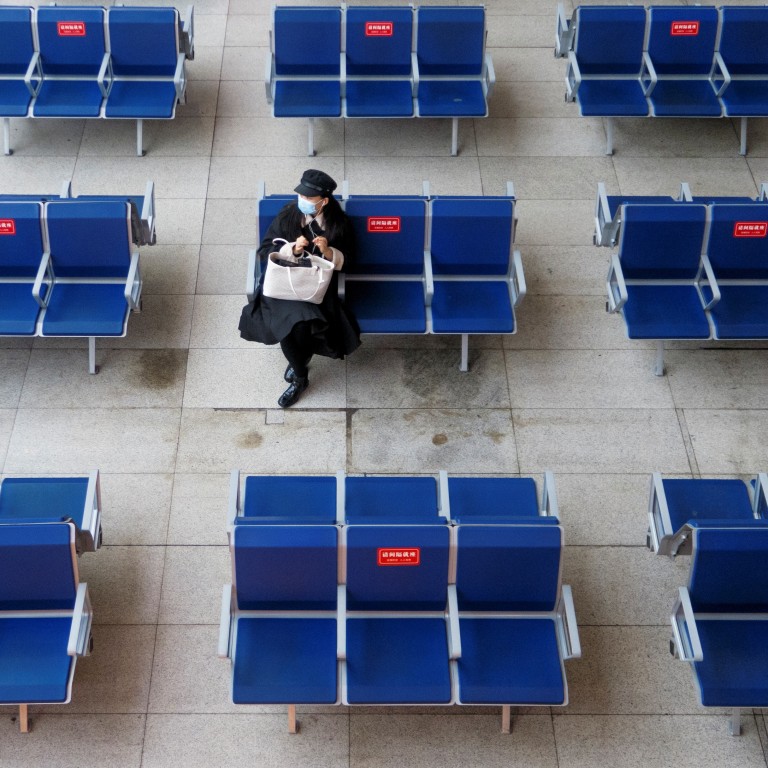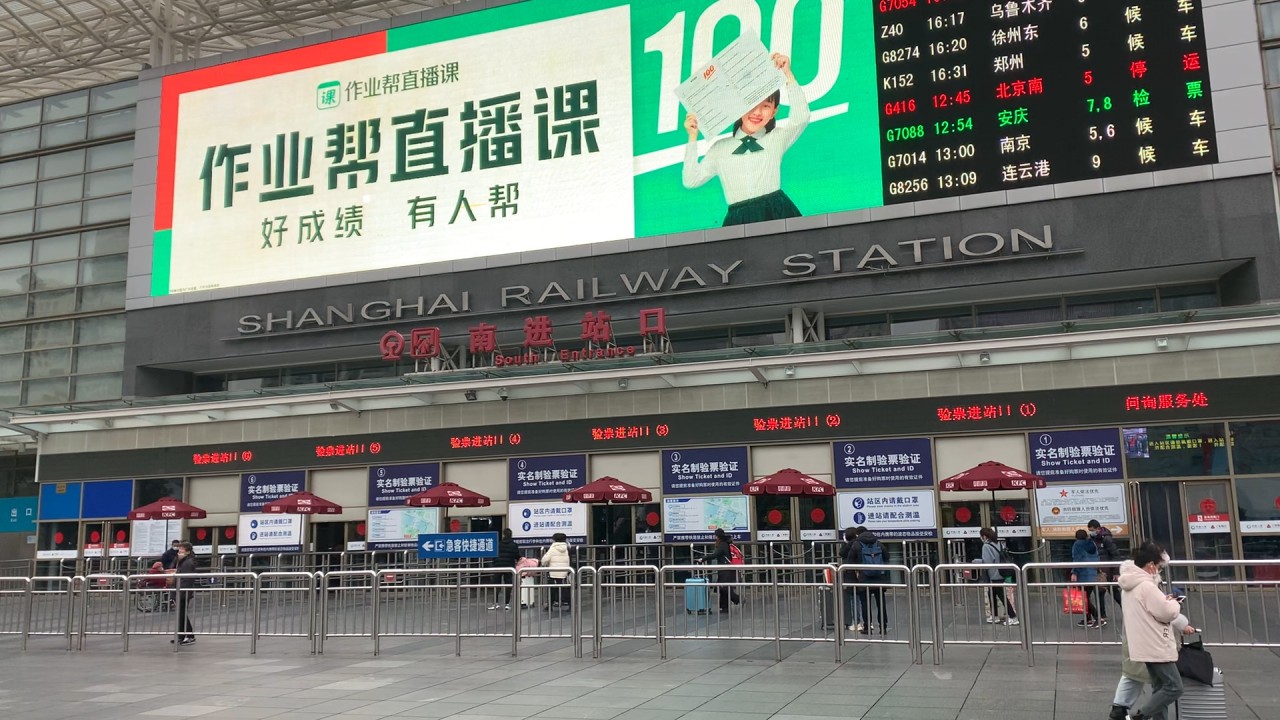
China’s tourism industry expected to remain weak early in 2021 amid fresh coronavirus travel curbs
- Package holidays numbers in China recovered gradually throughout 2020, following draconian coronavirus lockdowns and travel restrictions in the first quarter
- While there are signs of improvement, China’s hard-hit tourism industry faces fresh challenges due to virus outbreaks coinciding with the Lunar New Year holiday
China’s tourism industry showed signs of recovery towards the end of last year, but analysts believe holiday spending is unlikely to pick up in coming months.
Some 25.25 million people joined package tours in the fourth quarter, down by nearly half from the same period a year earlier, according to data released by the Ministry of Culture and Tourism on Wednesday.
Still, participation in package holidays recovered gradually throughout 2020, from 4.98 million in the first quarter at the height of the coronavirus pandemic, to 7.79 million in the second quarter and 19.71 million in the third quarter, according to ministry figures.

02:45
Coronavirus pandemic puts the brakes on China’s usual Lunar New Year travel rush
China’s tourism revenue in 2020 is likely to have fallen to 4.13 trillion yuan (US$640 billion), a decrease of about 2.5 trillion yuan from 2019, according to estimates from iiMedia, a data company.
Although the latest wave of infections appears to have subsided, travel volumes during the Lunar New Year holiday that started on February 4 are expected to fall significantly, as authorities have encouraged people to stay put to control potential outbreaks.
The Ministry of Commerce said on Wednesday that 48 million people would be staying where they work instead of travelling to their hometowns for the seven-day long break, as is normally the case.
We downgraded our forecast for China’s first quarter growth due to the impact of recent (mild) coronavirus outbreaks and new restriction
Analysts said the fall in the number of people travelling would dampen the recovery of the tourism industry, which accounted for 11 per cent of China’s gross domestic product in 2019.
“We downgraded our forecast for China’s first quarter growth due to the impact of recent [mild] coronavirus outbreaks and new restrictions, including on Chinese New Year travel,” said Louis Kuijs, head of Asia economics at Oxford Economics in a note this week.
“Facing the resurgence of Covid-19 cases, Beijing has rolled out stringent measures to curb holiday travels. Now with the Chinese New Year a week away, passenger turnover is only 25 per cent of the normal level,” said Larry Hu, chief China economist at Macquarie, in a note last week.

